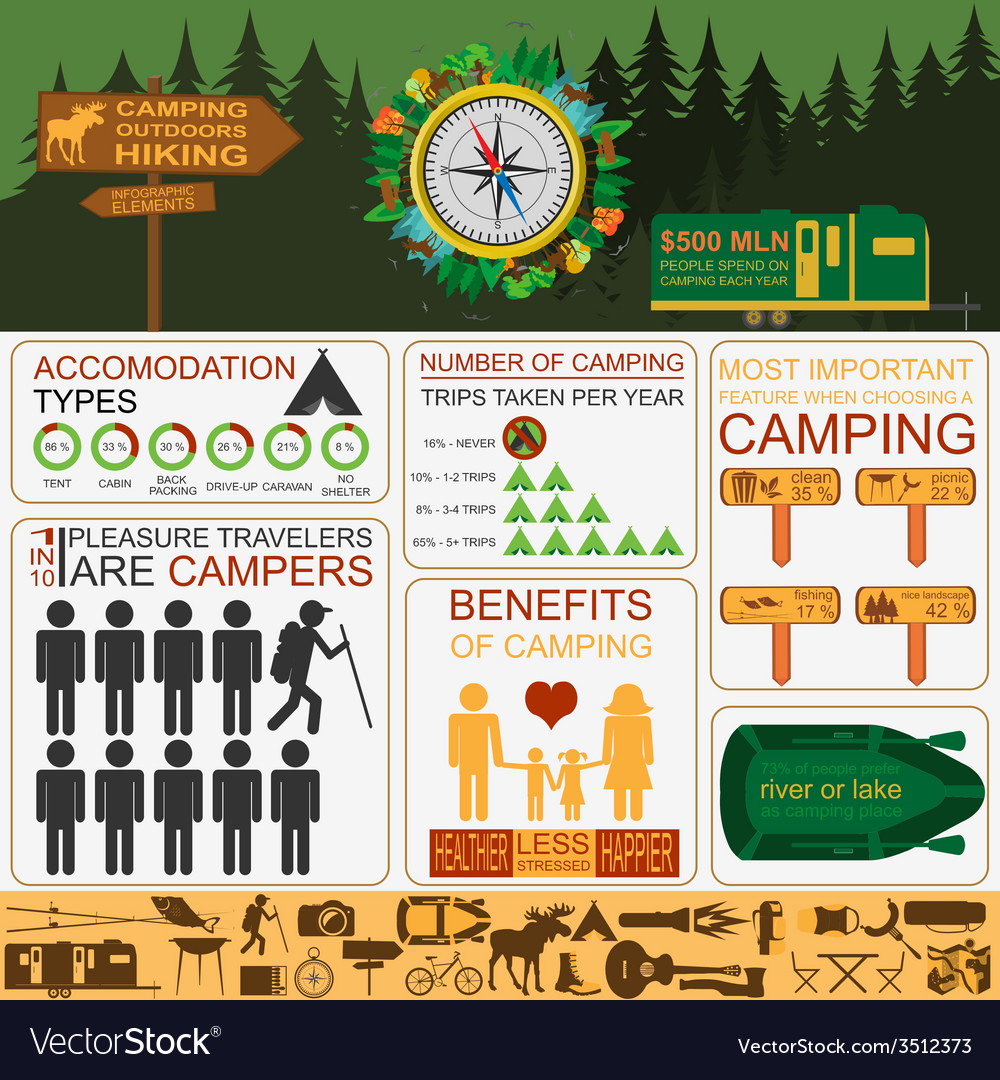Edge angles are necessary parts in building and construction and design tasks. They supply toughness, longevity, and versatility. They are additionally very easy to mount and can hold up against numerous ecological variables.
Builders make use of numerous types of angles to produce strong, secure frameworks. Several of these angles are for appearances, while others are made use of to enhance availability and feature.
Stamina
The strength of steel angles is crucial for making sure that structures are risk-free and can withstand hefty loads. These elements can be used for a range of tasks, from strengthening light beams and columns to producing structures for shelving and fencing. They are likewise ideal for producing support structures in commercial environments.
Rounded inside edges are a fundamental part of modern-day engineering and style, as they help to distribute stress and anxiety evenly throughout the product. This can make a product more powerful and less likely to split or fail, especially in products such as glass, stone, and ceramic tile.
Spherical corners in rotomolded parts likewise aid to decrease anxiety focus, which can cause architectural weak points and poor quality. Therefore, Gregstrom Firm recommends that designers utilize rounded edges when creating rotomolded parts. These functions will certainly improve the overall high quality of the finished product and help to make sure that the shaped part is strong, resilient, and durable. This will certainly reduce the requirement for repair services or substitutes over time.
Resilience
Rounded inside corners are a crucial component of modern engineering and style, and they can dramatically increase the stability of structures made from stone or glass. They likewise aid to equally disperse tensile and compressive forces, which reduce the chance of splitting or damage.
These angles are crucial to our everyday lives, making it simpler for us to move around in our surroundings. For example, mobility device ramps, stairways, and entrances are created with specific angles to make certain safety and security and accessibility. In addition, the appropriate angle is made use of in bridges and buildings to guarantee structural stability.
In geometry, an angle is the point where two rays satisfy. It is likewise referred to as a vertex. The four corners of a square have an interior angle of 90 degrees. However, the term is frequently utilized to define any type of corner. For example, in image structures, the leading and lower rails call for 45 level mitre cuts. This is since the board widths are different.
Flexibility
While the best angle is the most common kind of angle, various other types can produce distinct, functional, and visually enticing frameworks. Whether you're creating a contemporary coffee table or an industrial-style home, utilizing different angles will aid you attain the wanted aesthetic.
You can make use of light weight aluminum angle to make custom braces for safeguarding and strengthening your jobs. These brackets are light-weight and solid, so they can stand up to heavy loads and stresses. They additionally are available in a range of sizes and shapes, making them a versatile choice for a wide range of tasks.
Lots of contemporary buildings make use of bent inside corners to increase architectural security and sturdiness. These curved edges disperse tension throughout the framework to prevent weak points and splits. This is an essential consideration for building contractors and specialists, especially when working with hefty materials like rock or ceramic tile. Creating a bent corner can also boost the life-span of the material and reduce upkeep costs. It is necessary to select the right angles for your task, and to guarantee that they are properly set up to avoid any kind of prospective concerns.
Expense
Curved inside edges are an essential part of modern style and engineering, as they play an essential function in increasing framework stability and toughness. They also help in reducing stress circulation and minimize damage. In addition, they can improve the aesthetic appeal of a framework.
The word "corner" typically, yet not always, describes a 90 level angle. In geometry, nevertheless, the term "angle" is in fact a point where 2 lines or sides meet (or assemble). These points are called vertex, and they can be straight or bent.
Using a rounded mitre in a picture framework, as an example, requires cautious estimation. The mitre angle is based on the size ratio of the board at each corner. If the boards are of equivalent width, then they will certainly each require a 45 degree mitre. If the boards are larger, after that they will each need a various angle. personalized canvas bag This scenario is common in personalized frames, where the top and lower rails are often larger than the side rails.
